Local authorities face difficulties dealing with dereliction, but it can be done
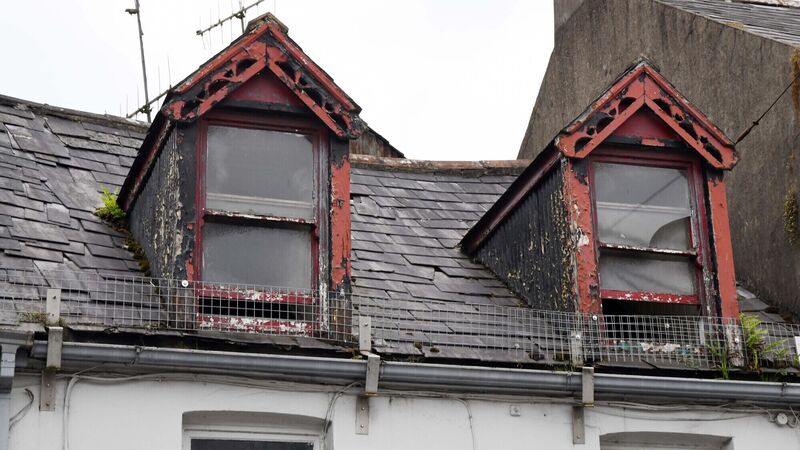
A long-term derelict building on Lower Cork St, Mitchelstown, Co Cork. Cork County Council believes the issue of tackling dereliction could be speeded up if existing legislation was reformed. Picture: Denis: Minihane
Talk to officials from any county or city council about dereliction, and there is an audible sinking of hearts.
And they all agree on one thing: There is nothing black and white about tackling dereliction. And while critics attack them for not acting fast or efficiently enough — in, for example, collecting levies — they say the biggest issue they face is with the owners of the properties themselves.
Some owners are in nursing homes, with their homes subject to the terms of the Fair Deal Scheme. Others are in dispute with siblings over ownership.
While Limerick City and County Council says it only uses Compulsory Purchase Orders (CPO) “where all reasonable alternatives have been exhausted”, Waterford City and County Council says it intends to actually expand their use across all towns.
Waterford's local authority is also in the process of converting six protected structures in the city and county into residences over shops.
But Rose Ryall, conservation officer, Waterford City and County Council, said: “It is not just over-shop living which needs to be addressed.
“There are also examples of buildings, especially in rural towns and villages, where shops/bars will not be used for commercial purposes again.
“In such cases residential use can be accommodated with careful consideration of the existing building and needs of the owners.”
The authority's biggest problem with the Derelict Sites Levy is its ability to recover it.
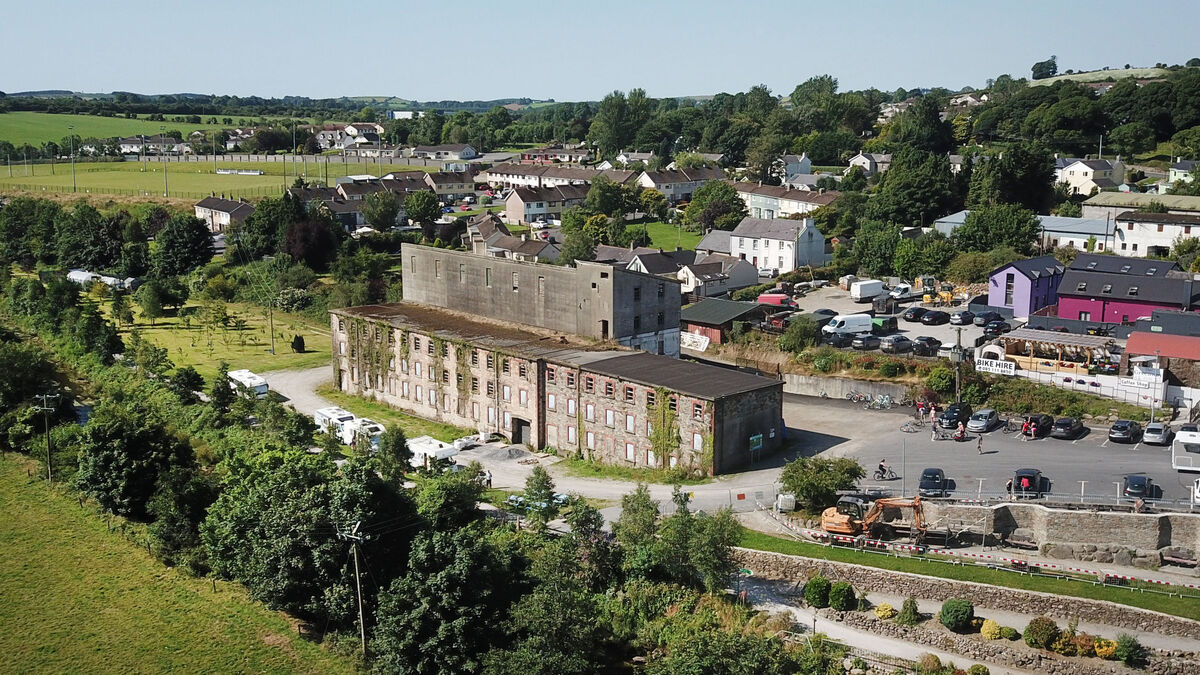
There are multiple problems including issues around disputed ownership, the financial capacity of owners, outstanding debt burdens and the fact that they are “inherently uneconomic to transition to use”.
This is according to Michael Walsh, chief executive, Waterford City and County Council, who said: “The transition has to be part of a wider plan to alter the economic circumstances and inherent viability.
“In terms of the use of CPO, the issue is one of cost and legal uncertainty.
“For properties of low value, the costs of the CPO process including potential arbitration are disproportionate to the value and where legal challenges arise, the costs can be completely disproportionate.”
Clare County Council, which describes the CPO process as “complex and costly”, has an issue with owners who live outside of Ireland and who have been unable to travel to maintain their properties.
Also, some of its derelict properties are in villages with no piped sewerage systems and may not be capable of full re-development to current standards.
And then of course there is the issue of a lack of finance by the owners, particularly elderly owners who cannot get loans.
“The CPO process is complex and costly and claims by owners to compensation can take many years to bring to conclusion, especially if there are various parties who are owed money on the property,” a spokesperson said.
In relation to CPOs, Tipperary County Council say this method “may not always be an optimum option” due to the “complexities of the legal process involved and the length of time it can take to complete the CPO”.
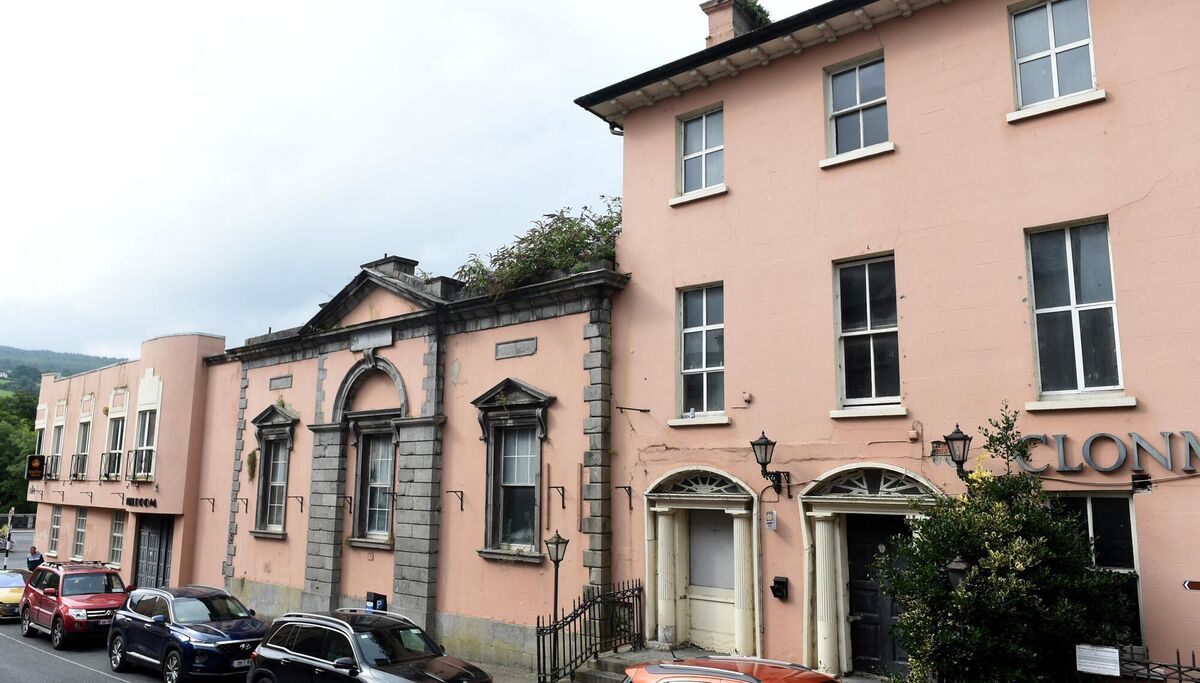
And they add: “It can be a costly option, as compensation is payable to the owner at market value, legal fees can be incurred and, in many instances, derelict sites need remediation work to be carried out.”
Like Waterford and other councils, the council has a vacant homes officer employed to identify vacant properties and engage with owners to turn them around through various schemes.
It also uses the Repair and Lease scheme, which Waterford was one of the first councils in Ireland to use.
This is where councils will pay for the refurbishment of houses in exchange for them being made available for social housing for a period of at least five years.
Cork City Council says it is currently compulsorily acquiring a number of properties under Derelict Sites Legislation and “more are in train”.
They say they have recently put in place a new inspection programme, which will allow for 100 site inspections to assess the status of each site reported as derelict.
And they say they have also simplified their engagement process “as central” to solving dereliction is the efforts made by the Derelict Sites Unit (DSU) to engage with owners to find solutions.

Like other councils, they admit: “Trying to identify owners is the first hurdle to overcome and some owners can be reluctant to engage with local authorities.
“Probate difficulties, title difficulties which prevent owners from accessing finance, multiple owners, sites in receivership or legal dispute are common challenges around solving dereliction which lead to intensive engagement efforts with auctioneers and solicitors.”
Meanwhile, Cork County Council believes the issue of tackling dereliction could be speeded up if existing legislation was reformed.
“The derelict sites legislation is cumbersome and doesn’t lend itself to generating a speedy resolution to issues of dereliction,” a spokesperson said.
The council is currently establishing a property activation and regeneration unit.
“Its scope and reach will be ambitious and it will focus on working with property owners and other stakeholders to activate vacant sites and properties in town centres,” the council said.
Kerry County Council makes the point that now is probably the time to “reimagine” our town centres, especially as so many of us now don’t actually live in them.
“Due to the change in the economic behaviour of society over a prolonged period of time there is a need to reimagine and reinvest in our towns and rural areas,” a spokesperson said.
They said this was necessary to “encourage local people and visitors to spend time here and to make these attractive locations in which to invest”.
But they say this will need money.
Speaking of reimagining things, Clare County Council would like to see some legislative changes.
Echoing views of their colleagues in other councils that the Derelict Sites Act, 1990 is now 30 years old, they say it “may be time to undergo a review of this legislation”.
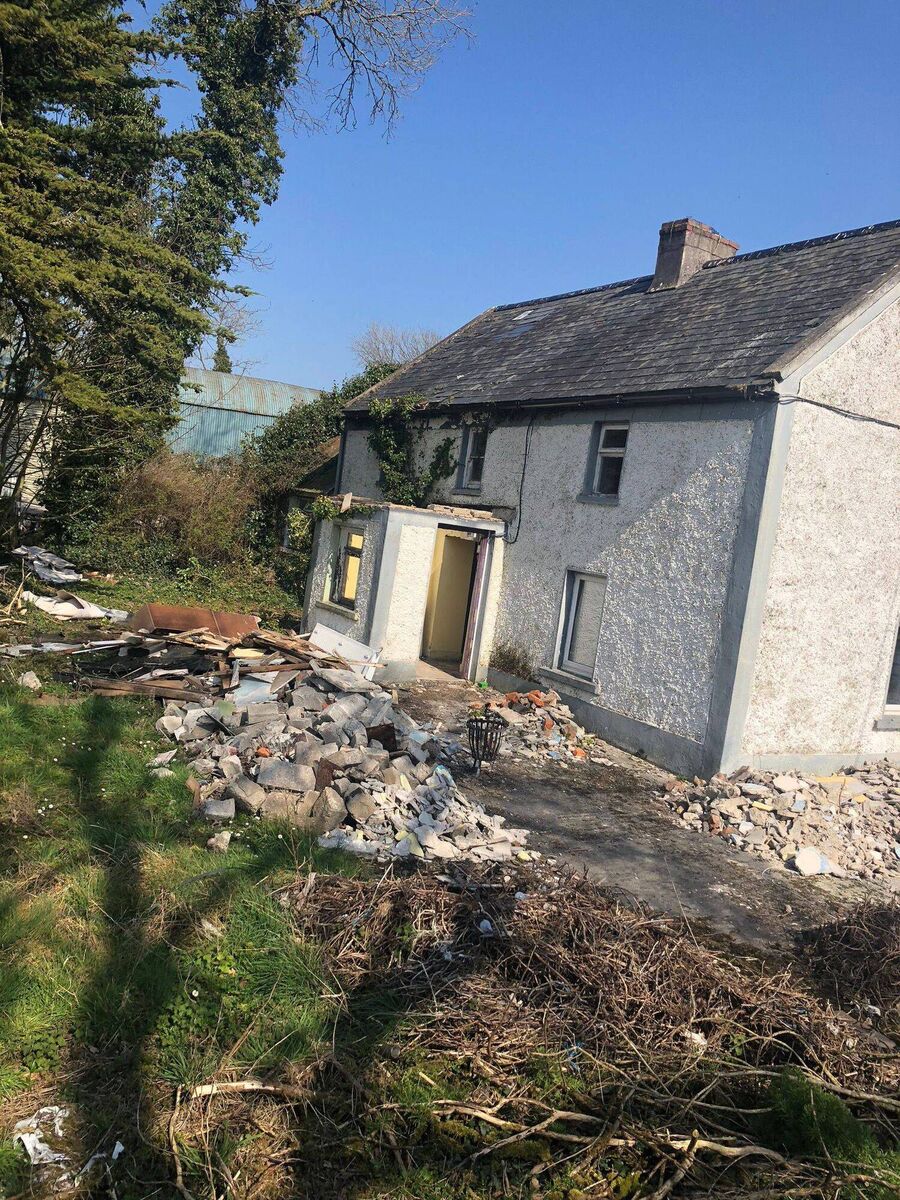
Jack Shelly: A family home lying unloved
For many young people across the country, getting on the property ladder is a struggle.
High rents and unaffordable mortgages have left many living at home, long term, with few other options.
But Jack Shelly, 26, from Mullinahone in Tipperary, took a different approach to the problem.
Not far from his parents' home sat his grandfather’s 200-year-old house, which had been derelict for about 10 years.
With some hard graft, Jack, and his father, have returned their ancestral home back into a house to be proud of.
“It had been sitting there, so we just started doing it up,” said Jack, who works as a recruitment consultant.
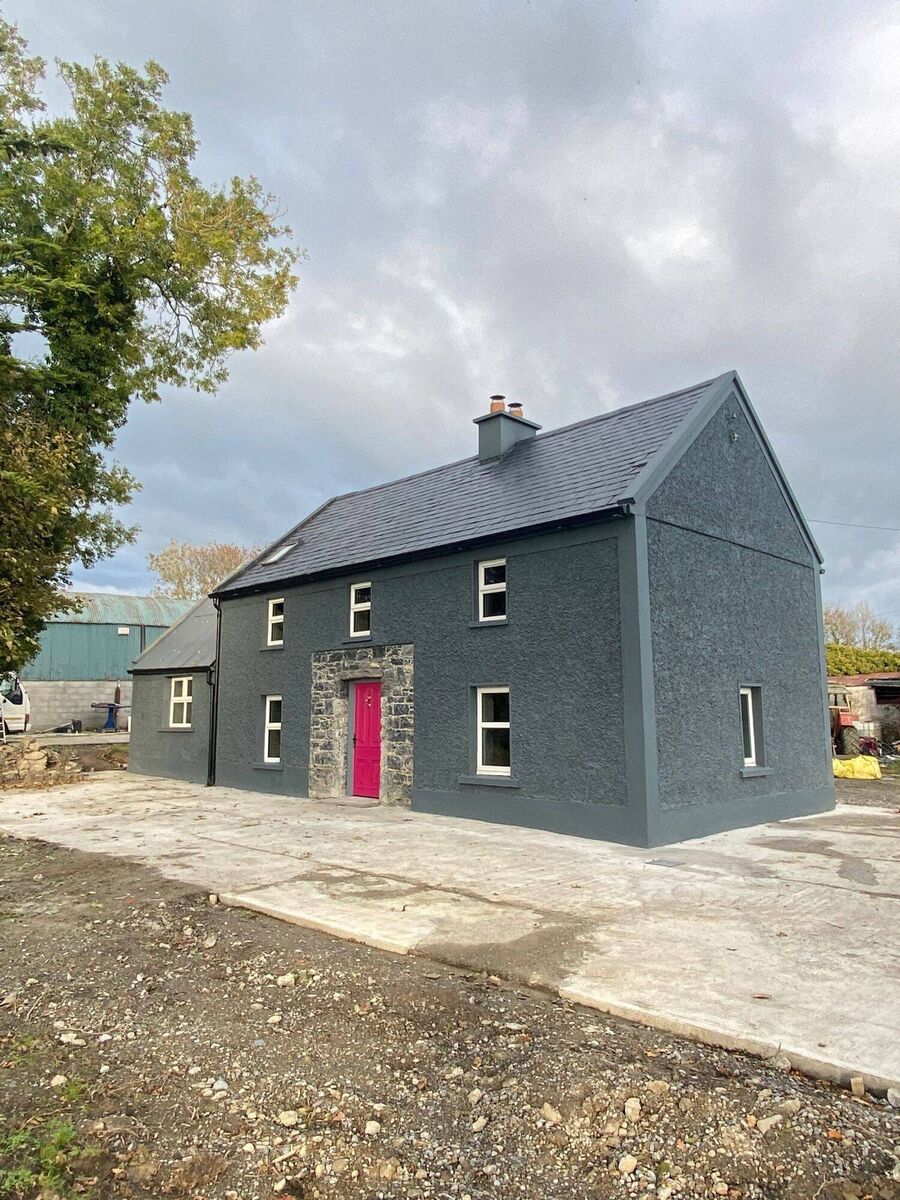
He explained that the hardest part of the job wasn’t the physical labour, but actually learning the crafts needed as he worked.
“I wouldn't have massive experience so I had to learn as I went. Every job I did was slow because there was a lot of tinkering and figuring it out.”
The house, which they started work on over a year ago, is now 95% finished, he explained.
He says they saved a lot of costs by doing as much work as possible himself, with his father.
“All the donkey work really. Digging the holes for the pipes, any of the paintings, tearing holes and anything else we could do, really.

“Materials wise, the price has rocketed now, but we would have bought most of what we needed before so that certainly helped. The fact it took me so long also helped. I was buying as I was working away, so there was no massive cost at once,” he added.
The end result has not only left Jack with a beautiful home but unexpectedly, internet fame.
Taking to TikTik to show his work renovating the property, Jack, who was new to the platform at the time, amassed more than 380,000 followers, and one video has been watched over 3,000,000 times.
Jack says that for some young people, renovating old derelict properties could be an option for getting on the property ladder.
“I have a good few friends who have houses, whether they came from the grandparents or whatnot, and the houses are sitting there derelict. I think people would surprise themselves with how capable they are once they get started,” Jack said.
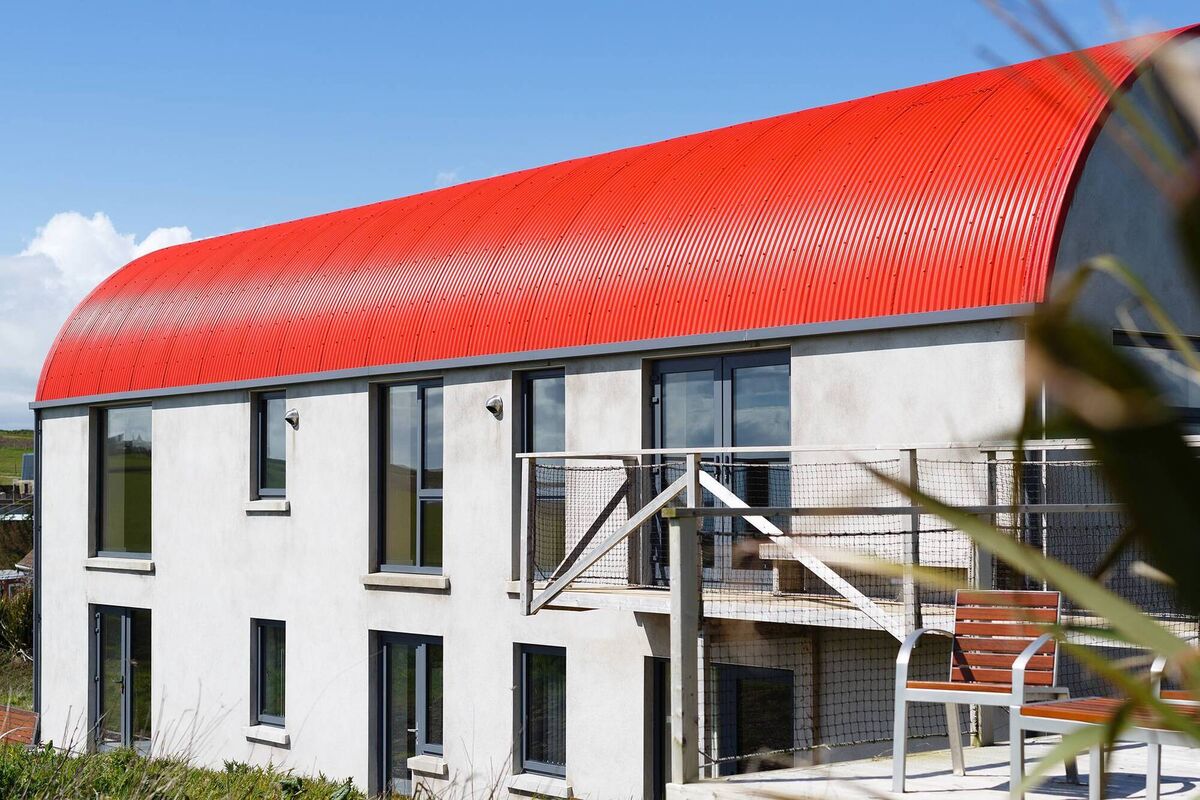
When Barry Nolan purchased a small, derelict property on the East Cork coast in 2003, many thought him mad.
But when you look at the house, which the Cork native, now living in Boston, has affectionally nicknamed Redhead, it’s clear to see what he had in mind.
The old property, situated in Ballymacoda, stood as a cottage and a barn and was in poor condition when Barry first took ownership.
“People thought I was crazy when I first bought that site,” he said.
The house, built in the 1930s, was constructed with old, traditional techniques, which meant a rebuild was needed, rather than renovations.
One of these techniques was the use of sand, taken from local beaches, in the mortar. This, according to Barry, caused the walls to decay over a number of years, due to the salt found in the sand.
This left Barry with no option but to essentially start from scratch, but he added he was impressed with how easy it was to work with Cork County Council officials regarding the build.

“One of their particular requests was that I keep the style of the red roof of the barn that was originally there. So, as you can see, that's a brand new structure, and it has a fabulous corrugated-coated red barn-style roof.”
The property, which cost about €260,000 in 2003, came with almost seven acres of oceanfront land, facing the Celtic Sea.
Altogether, Barry believes he spent about €450,000 on the site and works.
He says the planning was the easier part, with securing financing, just as the Celtic Tiger collapsed, more complex.
However, he eventually worked this out, and the actual work, Barry says, was made easy by having the right people on board.
“I hired some excellent people. Jamie O’Dwyer was the contractor and he along with my architect, Kevin Smyth, did a fabulous job. I am thrilled and everybody is thrilled once they saw the final outcome. The guys did an amazing job.”

For Seán Greif and his fiancée Héléna, the chance to restore an old property in Bray brought with it a multitude of bonuses. Instead of a generic home, they got one with history — 170 years of history to be exact.
Work on the property is still ongoing, with the couple having broken ground in August, 2019.
The house itself cost them just over €300,000, which they believe is a fair price for the location.
It also allowed them to live in their desired location, where there is a dearth of available properties.
“The site we found had more to offer. It had a larger garden. It was a unique house, it wasn't a turnkey new build. We had just come from apartments that were essentially carbon copies,” Seán said.
“This one just had something different. And the potential of what it could be was just better than the other options we had,” he added.
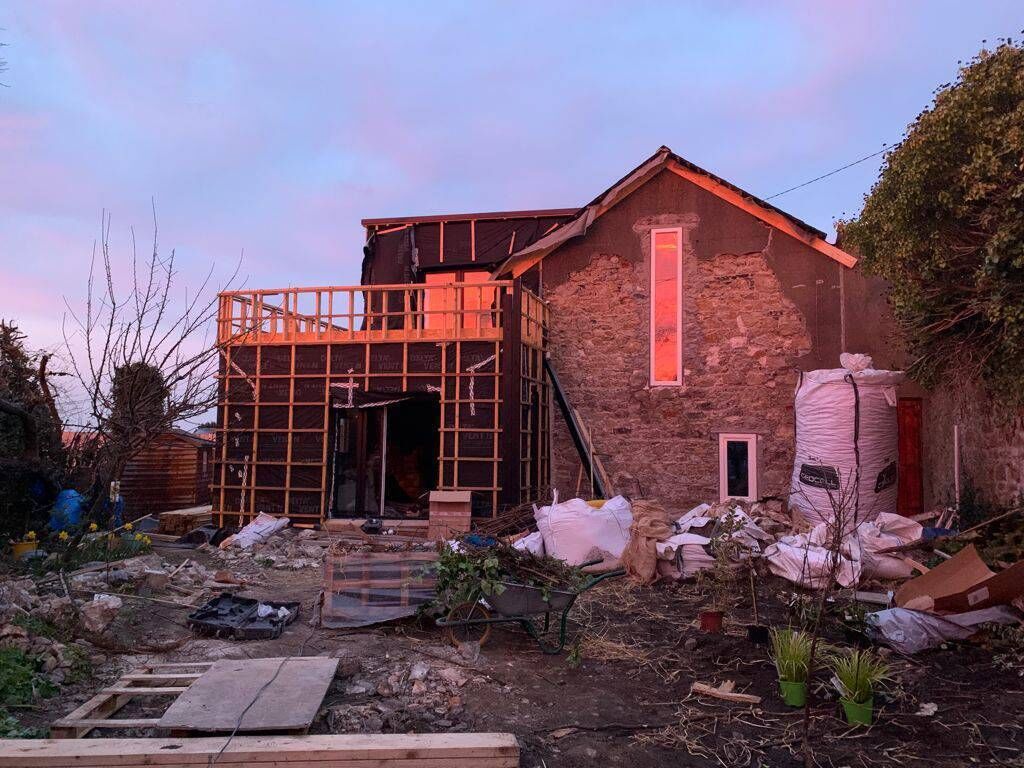
Describing the process of developing the property, Seán says it certainly has had its hurdles.
“It's challenging because we'd be motivated from an environmental perspective. We wanted to go down the road of restoring the property using all sustainable materials,” he explained.
Seán, who runs moontour.ie, an Irish Language Adventure Centre, says he wants the house to keep it in touch with its history.
“It is a 170-year-old cottage. I think if you buy a house of that age, then you almost have a responsibility not to start ripping things out and throwing them away.
“If something has been around for 170 years, I don't want to be the one to put it into a skip.”
The build was helped, Seán says, by having the right people on board – and described the overall process as incredibly rewarding.
“A lot of it was finding the right knowledge and the right advice. We had an engineer who was specialised in restorations. So the right tool for the job, the right person for the job.”





